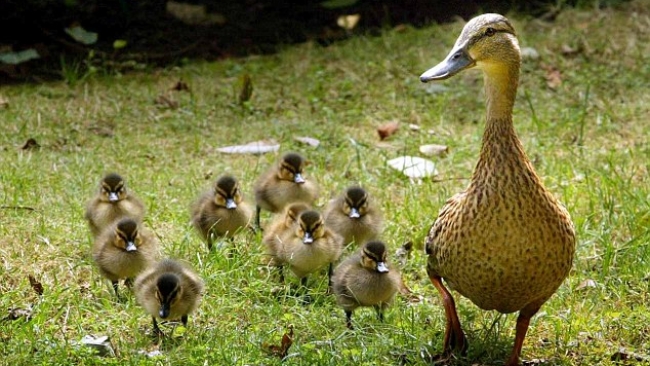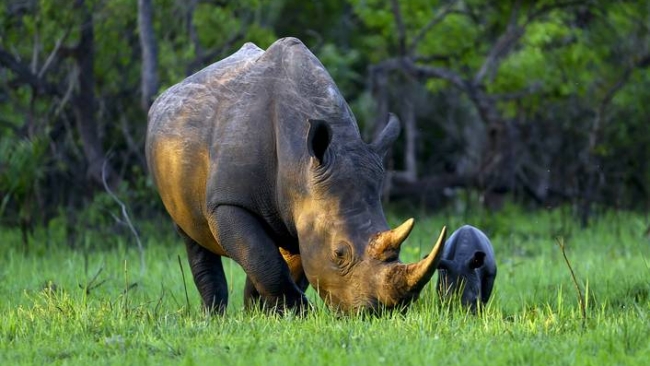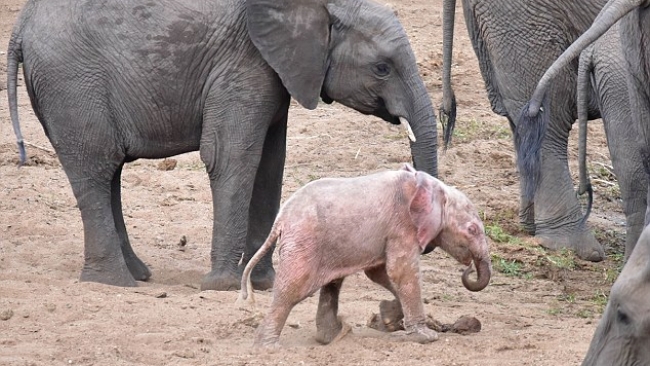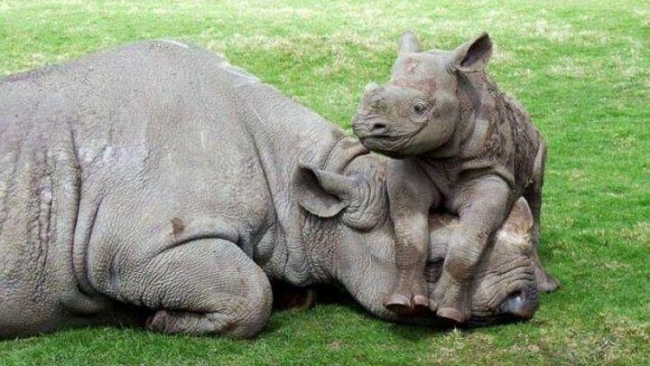Moles are GOOD for your garden, says an expert
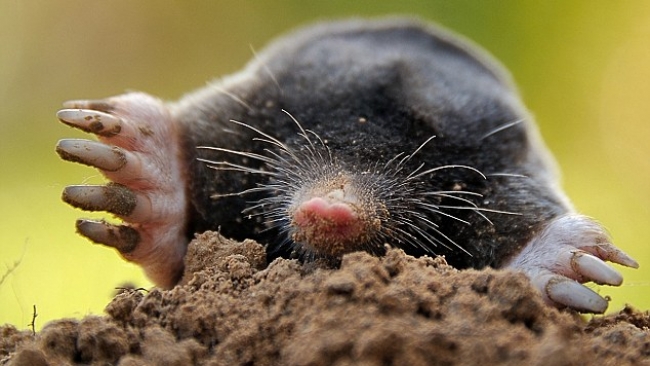
At my feet I see a small patch of the ground move. Red-pink earthworms erupt writhing from the soil, as if fleeing some underground terror. Through a gap in the grass, I spot a tiny, pig-like snout, probing and sniffing, followed by a small, furry head. The mole is just under the surface, ripping its way through the turf. It is focused entirely on finding food. I know it is nearly blind, and that although it can detect light it does not hunt using its eyes, which are pinpoints hidden beneath its dense, black fur. Instead, it relies on smell - hence that delicate snout - and on touching wriggling prey using sensory hairs on its face.
Moles need to eat at least half their body weight every day — about six big common earthworms. With fastidious care, a mole will squeeze the gritty gut contents out of a worm before eating it, holding the head in its sharp teeth and pulling the slimy body through its nails. The mole I was watching retreated, leaving me alone at dusk in a damp winter field. I had just started a four-year field research project at the wildlife conservation research unit at Oxford University. Much of my study involved radio-tracking moles, which I’d fitted with tiny radio-transmitters on the rump, where they did not impede their movements.
But moles got under my skin as easily as they burrow into the earth, and, 28 years after I started working on them and although I have expanded my interests to other mammal species, I still research moles — and am one of the very few ecologists who has studied wild moles in Britain.
There is so much to learn — and value — about the extraordinary little animal that lives beneath those annoying piles of soil.
Moles share features with the earliest ancestors of mammals, the shrew-like animals that scurried from beneath the feet of dinosaurs, and they are tremendously successful.
In mainland Britain there are an estimated 31 million moles — a figure to give gardeners recurring nightmares. Our species, the European mole, Talpa europaea, is one of 39 in the northern hemisphere - absent from Ireland, but found as far afield as Russia.
Despite their abundance they remain one of our least-known wild animals. Small, at around 100g, and living underground, moles reluctantly give up their secrets.
I suspect that’s one reason why, unlike hedgehogs, the mole - save for that affectionate portrait in The Wind In The Willows - does not enjoy a secure place in the nation’s affections.
The doughty few who have studied moles have used radio-tracking, and in most cases our work has involved long days and nights of mud and rain. However, the results of persistence are worth it.
I know I’m biased, but I believe that moles are one of the most remarkable animals on earth. They have broad, spade-like hands armed with thick, earth-scraping nails and a fringe of stiff hairs to sweep soil. Their upright, sensitive tails help them to quickly reverse.
The strong, flexible spine allows the mole to instantly turn around in a tunnel only millimetres wider than its body. The shoulders are so powerful that they can exert a sideways pressure 24 times their body weight.
A natural engineer, the mole’s life is largely one of hard-working solitude. The 19th-century English rural poet, John Clare, called it ‘the little hermit’.
Both male and female moles are solitary and strongly territorial - and are very difficult to tell apart. Uniquely among mammals, the females have ‘ovotestes’: a combination of ovary, which produces eggs and testicular tissue. The latter generates the hormone testosterone, which is likely to be responsible for the female mole’s aggressive defence of her territory.
The females’ testosterone recedes temporarily in spring, when they briefly let down their guard and mate. At this time of the year, males are lustily charging across the landscape in shallow surface tunnels hundreds of metres long in the hope of finding females.
The sexes stay together for only an hour or so, and soon afterwards females resume their solitary lives. In mid-April in southern England to late June in Scotland, three or four babies are born in warm, underground nests of dry grass, and spend their first four weeks sleeping, and drinking their mother’s milk.
The female mole is a devoted parent. She naturally has a high metabolism and is always looking for food, but to meet the demands of milk production she has to work harder still. Consequently, her babies gain weight so fast that, if they were human, they would weigh 8 st three weeks after birth.
They start to eat solid food, possibly learning by grabbing hold of a worm their mum is eating.
Source: Daily Mail
Tue 15 Mar 2016 at 07:12
